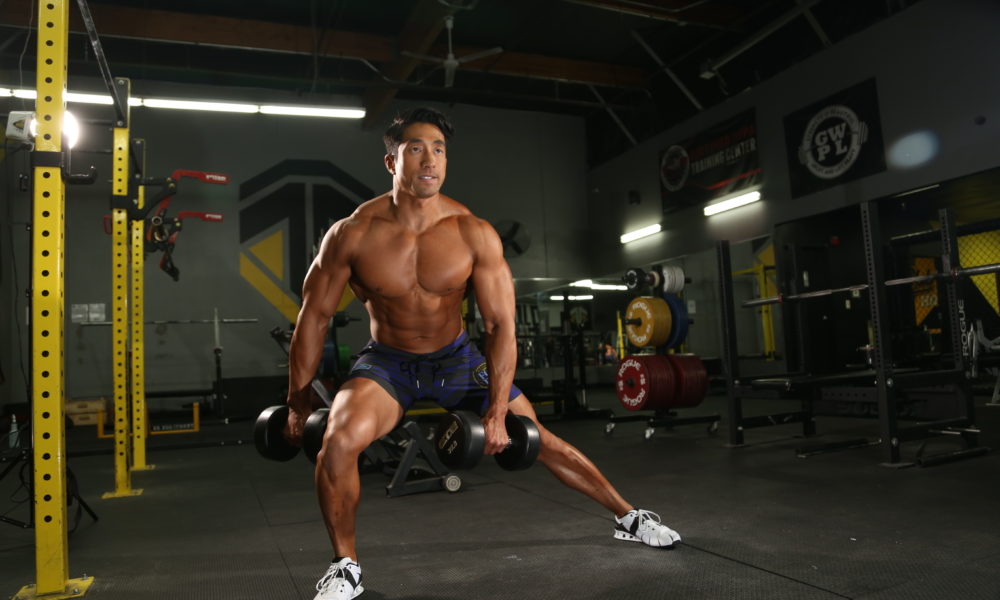

We all love the thrill that comes with completing leg day workouts. Squats and deadlifts are two workouts that are great for building overall muscle in your legs. However, did you know there are endless lower body dumbbell-only workouts that are as effective?
When considering a workout’s efficiency, the range of motion is critical! Of course, you must work at the right intensity to stimulate the anabolic effect of lower body workouts, but breaking a sweat doesn’t always mean much. The most crucial aspect of lower body workouts is incorporating a compound range of motion to activate muscle compartments.
So, if you’re ready, get some dumbbells and be prepared to smoke your muscles!
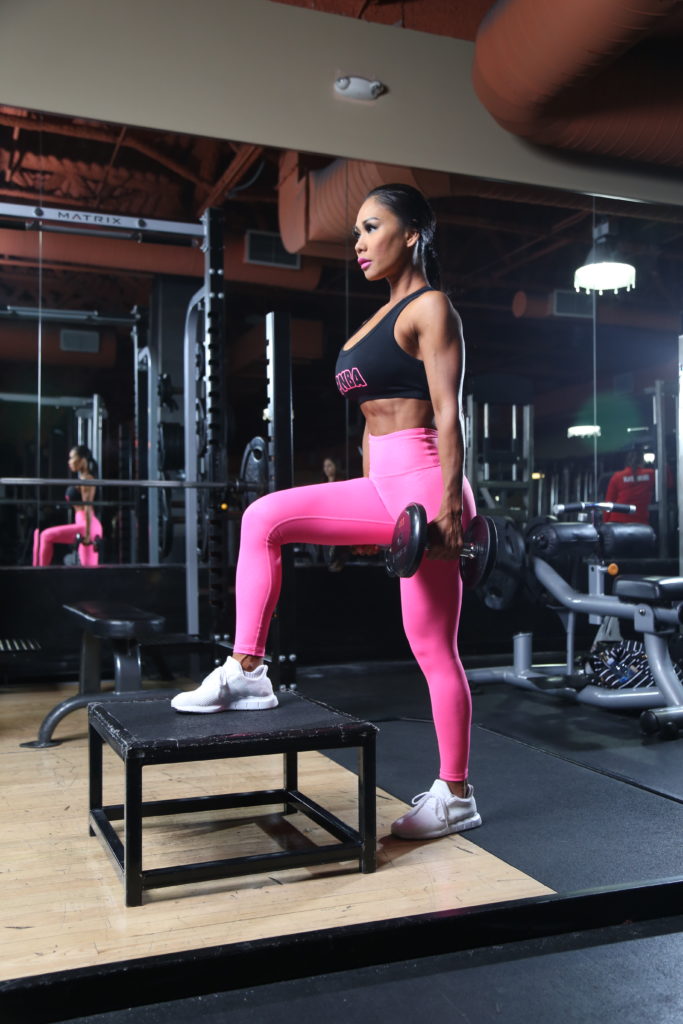
Choosing The Right Dumbbell Weight
It is essential to select the right dumbbell. Going too heavy increases the possibility of injury and hinders effective movement.
First, you need to be sure of your objectives. Are you looking to build muscle mass or increase your strength? Or is your end goal endurance training? Highlight your goals before you embark on a fitness program, and this way, you will know whether your objectives have been met.
Second, choose a dumbbell weight ideal for your form. There is no reason to pick 30-pound dumbbells when you can only lift 15. Even pro bodybuilders had to start from somewhere, and there is nothing wrong with starting from the lower end of the scale.
However, some routines need more resistance than others. On the one hand, strength training requires heavier dumbbells because you will execute fewer reps, and as much as 25-pound weights will be needed. And on the other hand, light to moderately heavy dumbbells are ideal for high rep endurance exercises.
Finally, know when to add more weight as you nurture your form. The adaptive response to repeated muscle pressure is hypertrophy and muscle memory. For the workout to be effective, you must increase the weight or the number of reps to avoid stagnating in the fitness plateau.
Dumbbell Only Lower Body Circuits
Here are two great workout circuits for your lower body. Each consists of four movements that will fire up your lower body.
Plan A
- Dumbbell squat jumps
Dumbbell squat jump jumps work your cardiovascular system and improve your athleticism. If you are an athlete, executing dumbbell squat jumps is a sure-fire way of improving your athletic performance. Many pro athletes attest to an immediate improvement in sprinting or jumping activities.
To perform dumbbell lunges:
- Take a shoulder-width stance.
- Hold dumbbells using the hammer grip (palms face your body).
- Descend into a squat. As soon as your knees form a right angle, push up, jumping off the floor but ensure a soft landing.
- That’s one rep. Of course, dumbbell jump squats are energy-sapping, so you don’t want to overdo them; 6-8 reps for 4 sets are enough.
Ideally, use lighter weights because the end goal focuses on enhancing strength and endurance than muscle hypertrophy.
- Glute Bridges
Like squats, glute bridges are ideal for the perfect posterior. After spending entire days sitting behind desks, your three gluteal muscles – maximus, medius, and minimus – will need some rejuvenating.
To complete the exercise:
- Lie facing upwards, bend your knees with soles flat on the ground.
- Position your arms by your sides on the ground.
- Engage your hamstrings and glutes to lift your hip and back off the floor. Hold this position when you form a straight line from your knees to shoulders.
- Hold for a couple of seconds and ease back down.
- When working without weights, aim for 15- 20 reps. Otherwise, 12-15 reps are enough for weighted glute bridges.
Tip: Ensure stability in this position by activating your core and thigh muscles.
- Dumbbell lunges
Next, we focus on another impeccable strength training workout, the dumbbell lunge.
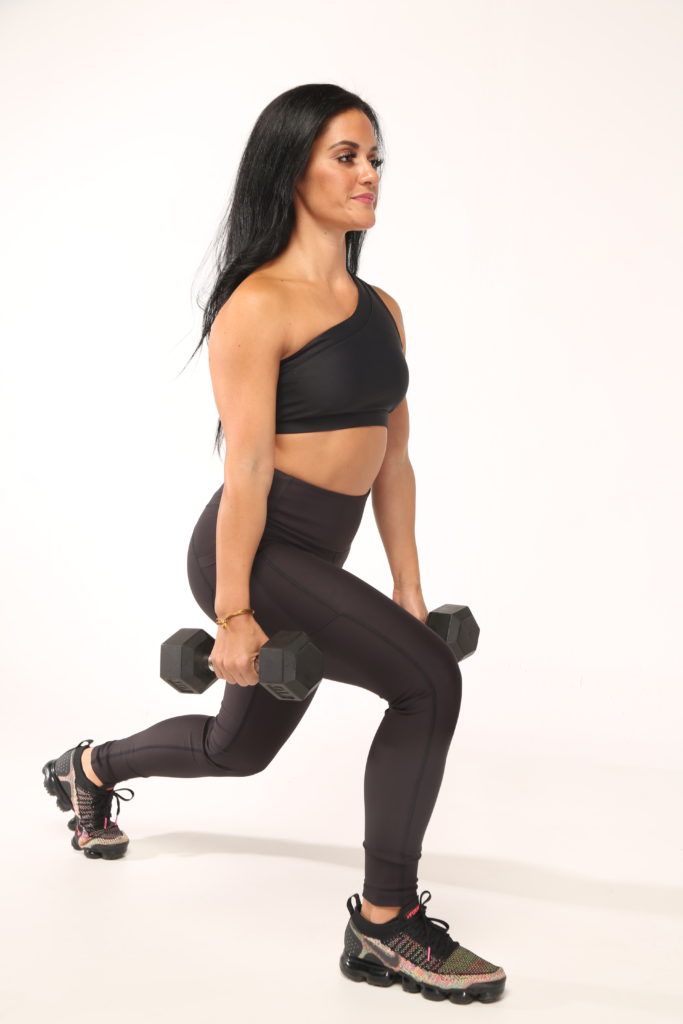
To perform dumbbell lunges:
- With your feet shoulder-width apart, hold dumbbells using a hammer grip.
- Take a long step forward with the lead leg and push downward on the trailing leg until both knees form 90-degrees.
- Ensure your thigh and calf are parallel to the floor and the knee of the lead leg doesn’t go past the toes.
- Pause for some seconds and push to your original position.
- Aim for 8-10 reps on each leg for 3-4 sets to build muscle and strength.
Lunges are an all-rounder working almost all lower-body muscles – glutes, quads, hamstrings, and calf muscles.
- Lying lateral side leg raises
The list of impeccable outer thigh workouts consists of over 100, but none is as robust as the side leg raise in strengthening abductors – muscles that move the leg away from the midline.
To execute side leg raises:
- Lie on your side and keep your back and legs straight.
- Brace your core as you lift the upper leg to about 45-degrees in a smooth motion.
- Pause for a few seconds and gradually lower to the starting position.
- For this workout, do 10-15 reps on each leg for a total of 3 sets, then move to a subsequent routine.
Most bodybuilders are guilty of overlooking the importance of training their adductors. However, this is one of the most crucial exercises for preventing groin injuries.
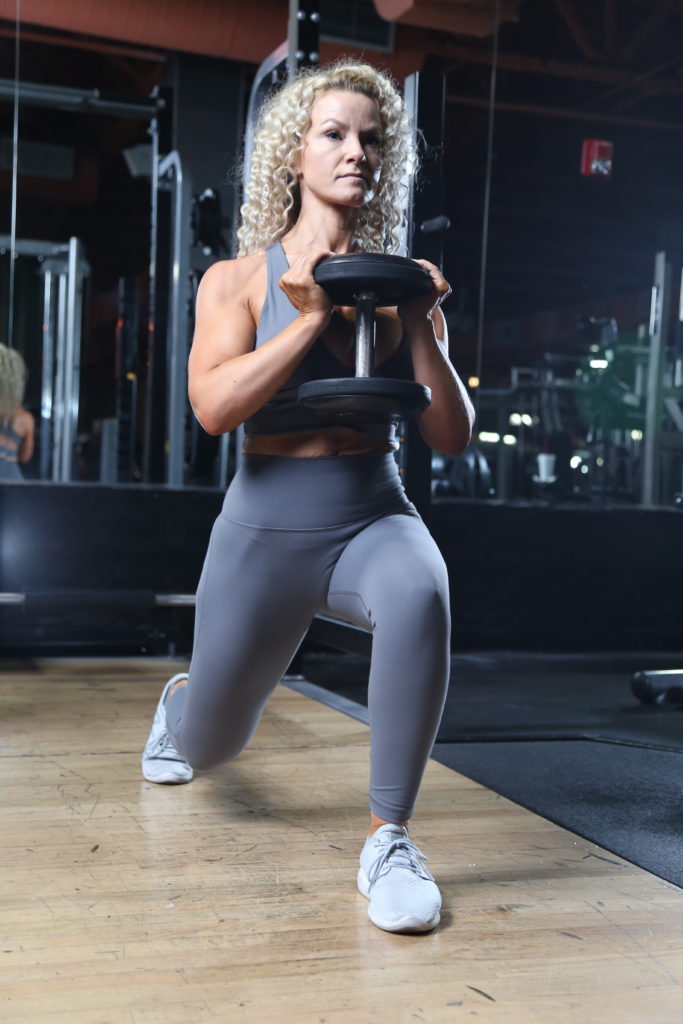
Plan B
- Reverse dumbbell lunge
The critical difference between the conventional lunge and the reverse lunge is that you initiate the movement by taking a huge step behind you.
To do the exercise:
- Take a shoulder-width stance with your feet.
- Hold dumbbells with a hammer grip.
- Take a backward lunge and keep both knees at right angles.
- Hold the position for a few seconds and drive back up.
- That is one rep. Start with 6-8 reps each for 2-3 reps as you build your form.
The reverse lunge is more challenging because our bodies are not used to the movement, and adding weight makes it even more challenging. Therefore, be patient as you perfect your execution.
- Calf leg raises
One of the most neglected muscles in the gym is the calf muscle. Calf leg raises are a unique way of working the posterior leg compartment muscles, including gastrocnemius, tibialis posterior, peroneals, and soleus.
The movement is based on ankle extension to bring the body off the floor and is executed as follows:
- Start by holding dumbbells by your sides and placing your feet hip-width apart.
- Contract your calf muscles to lift your heel off the floor to a comfortable distance.
- Pause at the top and slowly lower to the original posture.
- Execute up to 15 lifts (or higher) on each leg for 3-4 sets while working with a comfortable load.
Tip: While the movement is conventionally done on the floor, you can increase activation of calf muscles by placing the front section of your feet on a platform to increase the depth of the descent.
- Copenhagen adductor bridge
Implied by the name, the Copenhagen adductor bridge focuses on inner thigh muscles – pectineus, adductor magnus, adductor longus, adductor brevis, gracilis. With that said, you will need an elevated surface like a bench to execute this workout. Here’s how to execute the workout:
- Get into the side plank position and place one bent leg on a bench while the opposite leg passes underneath.
- Dip at the hip to lower the body until you feel a stretch through your thigh.
- Pause for a few seconds and powerfully contract adductor muscles to elevate the body.
- The ideal approach is to have 6-10 reps of 2-3 sets.
Control movement at the hip to reduce the risk of aggravating groin injuries. Stop the workout at the slightest sign of discomfort.
- Single-leg Romanian deadlift
Deadlifts improve the function and structure of lower leg muscles. But unlike the conventional execution, the single-leg Romanian deadlift places more body weight on one leg.
Since the mechanics focus on one leg, you get to activate your glutes and hamstrings powerfully. To do the single-leg Romanian deadlift:
- Stand with feet shoulder-width apart and hold dumbbells with a hammer grip.
- Bend one knee to 20-40 degrees.
- Extend the bent leg behind you and hinge at your hips, lowering the torso until it is almost parallel to the floor.
- Briefly pause at the bottom and ease back to the original position.
- 2-3 sets of 8-10 reps are enough to activate your hamstrings.
Tip: You can use the trailing leg as a pivot if instability issues shift you out of position mid-movement. In addition, you don’t need much weight until you can maintain perfect balance.
Personalize Your Lower Body Dumbbell Workout
A practical workout plan factors three key aspects; growing muscle, weight loss, and improving stamina. Therefore, everything boils down to how you structure your reps, how you eat, to whether you give your body enough time to recover.
So you may wonder, in the ideal scenario, how do you create a workable lower body dumbbell-only workout?
Realistically, there is no one way to approach this because your goals ultimately determine progress.
For example, your routine may have three or four unique workouts targeting individual muscles. You may prefer to start with lunges to activate your hamstrings and quads, followed by glute bridges to target glutes and hamstrings, and finish off with calf raises.
However, we’ve already indicated that there is no one way of working out, so feel free to experiment with the above workouts until you find a combination you can implement.
In Conclusion
It is always a great idea to train muscles of the lower body because this will help increase your athleticism and physique. Using dumbbell workouts can be a great alternative to squats and deadlifts.
Before you delve into a fitness program, it is vital to understand your long-term goals. You should know when to take the intensity to the next stage as your form improves.
Most importantly, give your body enough rest because most growth actually happens when you are not working out.






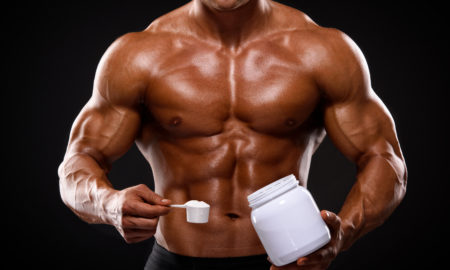















You must be logged in to post a comment Login